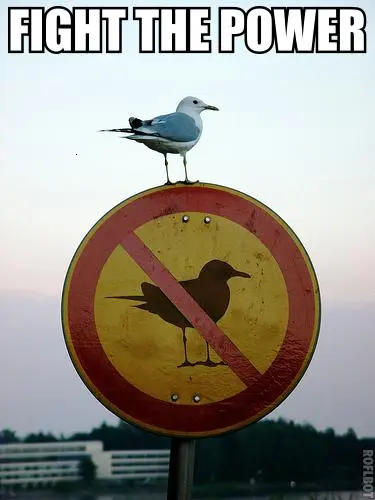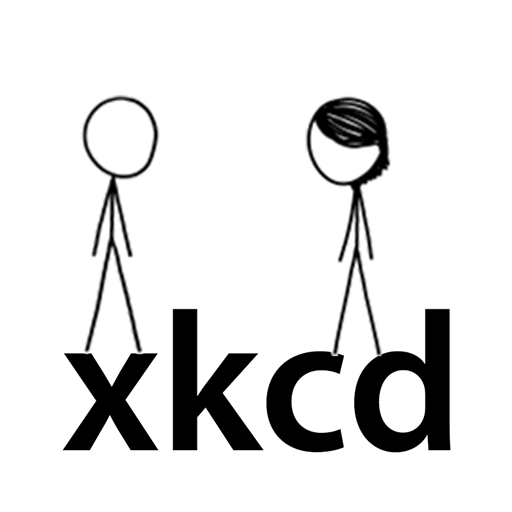

<To the tune of “House of the Rising Sun”, by the Animals. A poem for your sprog.>
There is… A bot… With GPT…
THEY CALL a “rising sun”…
AND IT’S BEEN… The ruin… Of many a project…
And god… I know… Mine’s one.
MY MOTHER WAS a coder…
She used three Emacs themes… (“It’s for my workflow, son”)
But my father liked that AI gen…
When he made all his memes.
Now the only things a vibe coder needs…
Are an ENTER KEY and a thumb…
And the ONLY time he is satisfied…
Is when his code’s a dump.
I’ve got one eye on the chatlog…
The other eye on my commits…
I’m going back to spaghetti code,
So you can’t tell where it’s shit.
So momma, tell your children…
NOT TO DO… What I… Have done…
Spending your life in sin and misery,
Praying to the 0 and 1.









May I recommend TierZoo’s videos? He uses the eyewitness theme as his intro song. He knows the way.